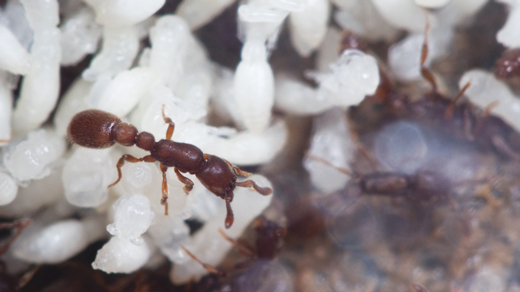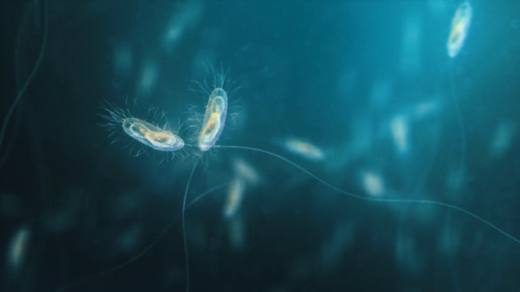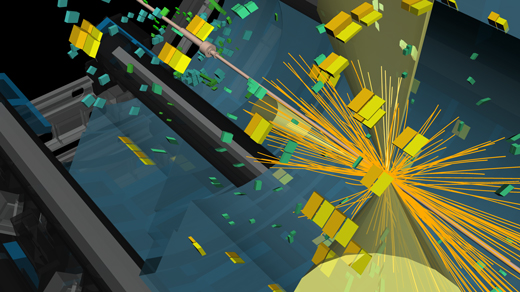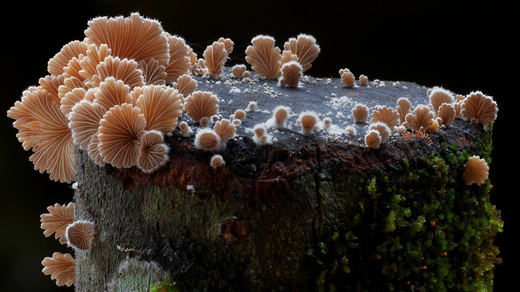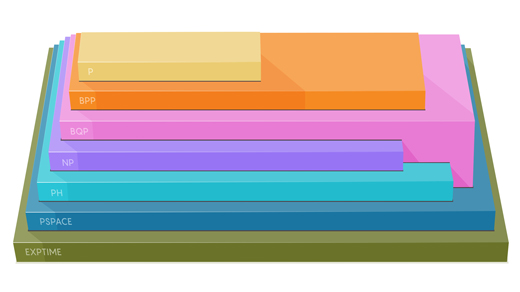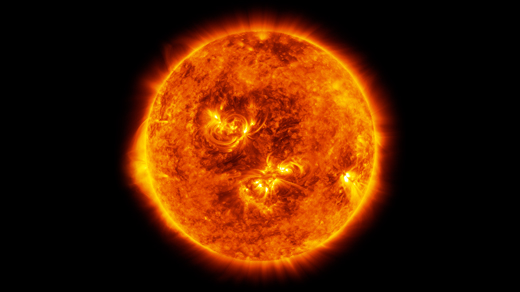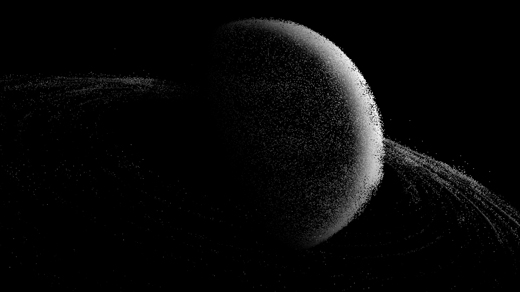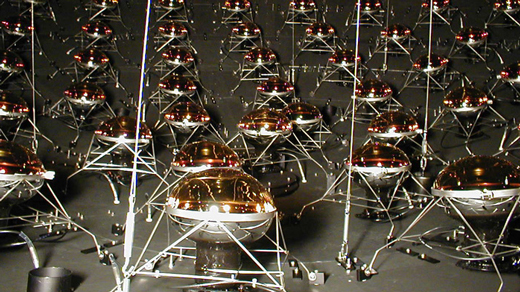What's up in
Abstractions blog
Latest Articles
How Insulin Helped Create Ant Societies
Evolution may have coopted an ancient metabolic mechanism to set social insects on the path toward one of the most puzzling behaviors found in nature.
Swarming Bacteria Create an ‘Impossible’ Superfluid
Researchers explore a loophole that extracts useful energy from a fluid’s seemingly random motion. The secret? Sugar and asymmetry.
How Artificial Intelligence Can Supercharge the Search for New Particles
In the hunt for new fundamental particles, physicists have always had to make assumptions about how the particles will behave. New machine learning algorithms don’t.
Why Nature Prefers Couples, Even for Yeast
Some species have the equivalent of many more than two sexes, but most do not. A new model suggests the reason depends on how often they mate.
A Short Guide to Hard Problems
What’s easy for a computer to do, and what’s almost impossible? Those questions form the core of computational complexity. We present a map of the landscape.
What Is the Sun Made Of and When Will It Die?
If and when physicists are able to pin down the metal content of the sun, that number could upend much of what we thought we knew about the evolution and life span of stars.
Why Can’t We Find Planet Nine?
Astronomers suspect that there’s a large planet hiding out in the distant fringes of the solar system. At a recent workshop, they brainstormed ways to coax it into view.
The Young Milky Way Collided With a Dwarf Galaxy
Astronomers have found stars dating from a long-ago collision between the Milky Way and another galaxy. The crash helps to explain why the Milky Way looks the way it does.
Evidence Found for a New Fundamental Particle
An experiment at the Fermi National Accelerator Laboratory near Chicago has detected far more electron neutrinos than predicted — a possible harbinger of a revolutionary new elementary particle called the sterile neutrino, though many physicists remain skeptical.
